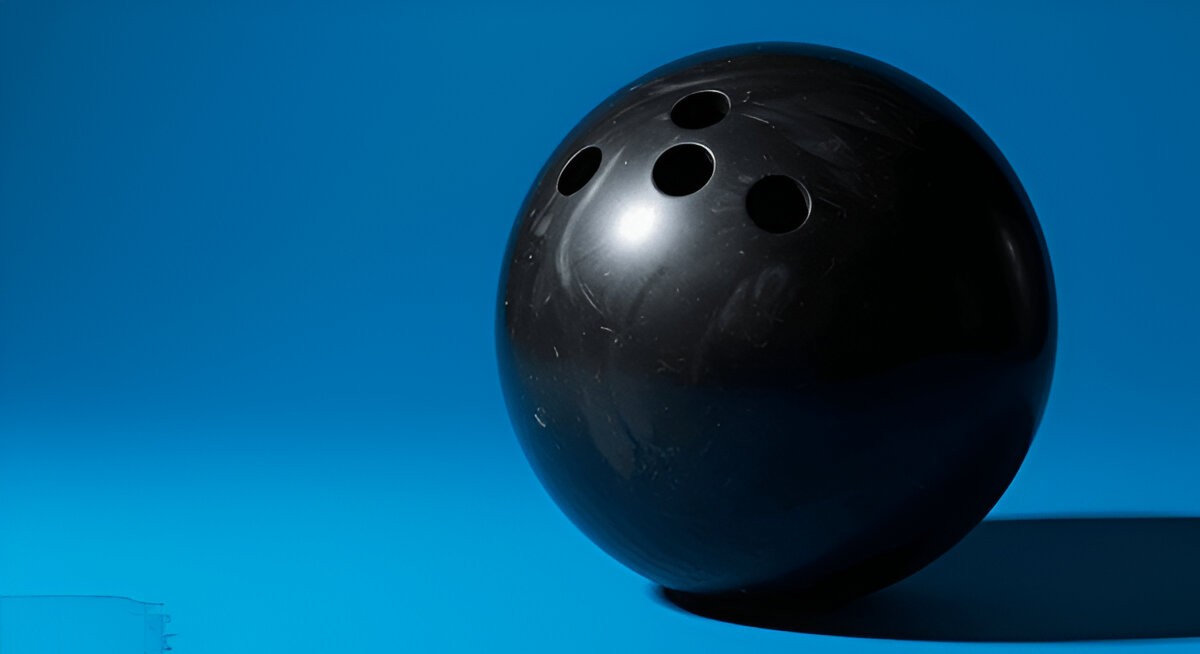What Is the Diameter of a Bowling Ball?

The diameter of a bowling ball is one of the most overlooked but vital parts of the game. It directly affects control, lane movement, and how the ball hits the pins. From competitive play to casual weekends, knowing this number helps you make smarter gear choices that improve accuracy and consistency. Even a minor difference in size changes how your ball rolls, how soon it reacts, and how it grips the lane surface. That’s why serious bowlers always check that the ball size matches approved standards and fits their throw style. The right size also makes the ball feel balanced in your hand. A better feel helps you focus more on your motion instead of fixing grip issues.
Exact Numbers: What’s the Legal Size Range?
Bowling balls must have a diameter between 8.5 inches and 8.595 inches, as defined by professional associations. This limit applies in both league and tournament formats.
Manufacturers stick closely to these numbers, making sure every ball that leaves the factory meets rules. Staying in this narrow size range gives players the same base to work with, keeping the game fair.
Even small size changes can throw off timing or lane reaction. That’s why measurement matters—every inch plays a role.
How the Size Shapes Your Game?
The size of a bowling ball affects far more than finger placement. It influences speed, spin rate, and energy transfer. A ball closer to the upper limit may roll slightly earlier and feel heavier during release. A smaller one might feel faster but offer less lane traction.
This difference impacts hook potential, skid length, and overall shot reaction. For bowlers adjusting technique or switching lane conditions, understanding how bowling ball diameter interacts with motion is key to consistent scoring.
Using the right size can also reduce strain on your wrist and shoulder, especially during longer games.
Finger Fit vs Ball Diameter: Don’t Confuse the Two
Many assume that if their fingers fit comfortably, the ball size is correct—but that’s only part of it. Finger hole layout and grip depth are customizable, but the core diameter is fixed and must fall within legal specs.
It’s possible to have a ball that fits your hand but performs poorly due to mismatched size and style. That’s why a proper measurement of both fit and diameter is essential before deciding on a new ball.
Fit helps you hold the ball right, but size makes sure the ball behaves the way you expect it to on the lane.
Lane Conditions Change—Ball Size Response Doesn’t
Lane oil patterns change throughout games. But your ball’s size remains constant. A larger-diameter ball may provide more early lane contact in oil-heavy patterns, while a smaller one can help push longer before hooking.
Some experienced players even rotate between balls with slight variations in core shape but similar diameter, adjusting to pattern breakdowns or surface friction. Understanding how your ball’s size interacts with these elements helps refine decisions mid-game.
Smart size choices reduce guesswork when conditions shift.
Checking Size Accuracy: Simple Tools, Real Results
Most pro shops use digital calipers or ball sizing rings to confirm diameter. If you're checking at home, measure the widest point across the ball—avoiding finger holes—for a general idea.
If the ball seems to roll oddly or drift too soon, it might not just be your form or the lane—it could be a subtle issue with core size or wear. Knowing how to verify ball specs helps prevent guessing.
Even slight flat spots or dents can affect the way a ball moves. Regular checks keep performance smooth and reliable.
Final Take:
Keeping your gear within the standard bowling ball diameter guidelines is essential if you're serious about improving form, accuracy, and lane-read performance. Even small shifts outside the approved range can change the ball’s motion and your overall results. At Ten Pin Doctors, our team understands how proper sizing can refine every roll. From grip correction to spec checks, our support helps bowlers gain the confidence they need to bowl better—not just more. If you're unsure whether your ball meets regulation size or want advice tailored to your style, we’re ready to help make your throw count. We offer expert help, personalized fitting, and technical checks to make sure your ball works for you—not against you.
Want a better fit, cleaner roll, and smarter results? Reach out to Ten Pin Doctors today and get expert help to match your ball specs to your skills—accurate down to the inch.
FAQs:
1. What is the official diameter of a bowling ball?
The diameter ranges between 8.5 and 8.595 inches, as per official bowling regulations worldwide.
2. Does bowling ball size affect lane performance?
Yes, the ball’s size impacts roll timing, lane contact, and how the ball reacts to oil patterns.
3. How can I measure the diameter of my bowling ball at home?
Use a tape measure or caliper to measure across the widest part, avoiding finger holes.
4. Is the bowling ball size the same for all types of bowling?
No, ten-pin bowling follows a strict range, while other formats like candlepin use different sizes.
5. Can the ball diameter change due to damage or wear?
Yes, dents or flattening from impact or storage can slightly affect the true size and roll behavior.
You must sign up or log in to add comments to this blog article.
 Login
Login